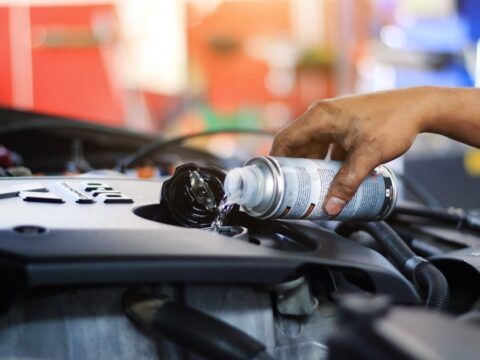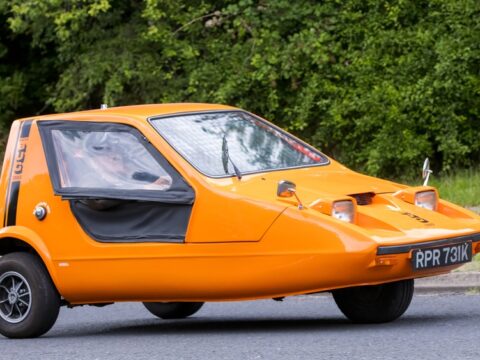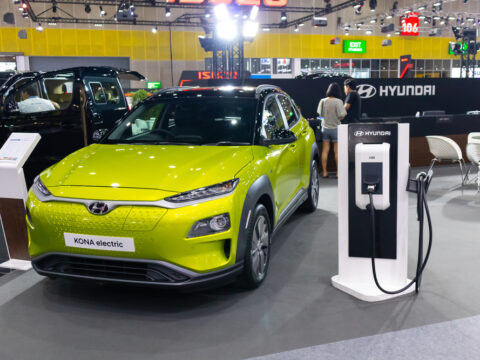Speed has always been a thrilling aspect of automotive engineering, pushing the boundaries of what’s possible. Some cars have set remarkable records, becoming legends in the world of high-performance vehicles. Here are the fastest cars that ever hit the road, showcasing incredible feats of speed and engineering.
Contents
Bugatti Chiron Super Sport 300+
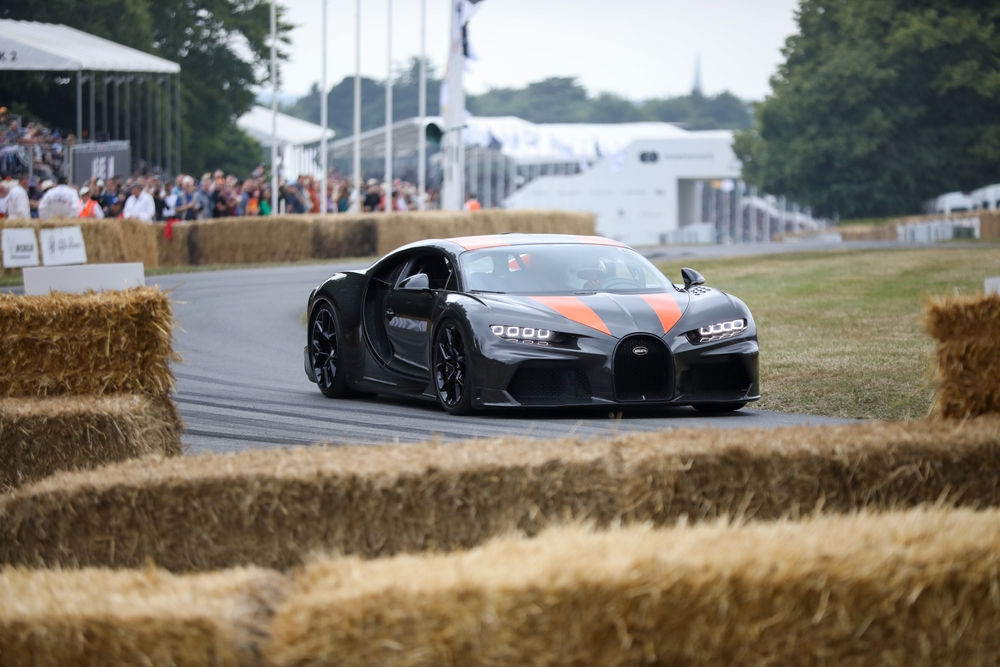
The Bugatti Chiron Super Sport 300+ is one of the fastest production cars ever made, reaching a top speed of 304.773 mph. Powered by an 8.0-liter quad-turbocharged W16 engine producing 1,578 horsepower, this hypercar combines immense power with advanced aerodynamics. Its elongated body and enhanced aerodynamics minimize drag, allowing it to break the 300 mph barrier and set new benchmarks in automotive performance.
Hennessey Venom F5
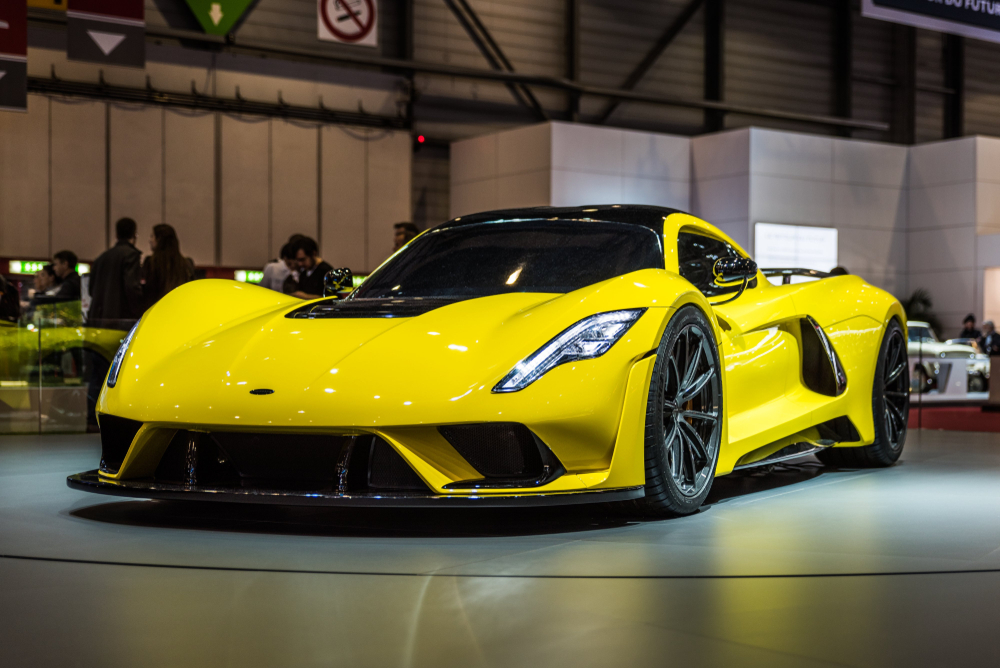
The Hennessey Venom F5 is engineered to surpass the 300 mph mark, with an estimated top speed of 311 mph. It features a 6.6-liter twin-turbo V8 engine producing 1,817 horsepower. The car’s lightweight carbon fiber construction and aerodynamic design contribute to its incredible speed, aiming to set new records and redefine the limits of production car performance.
SSC Tuatara
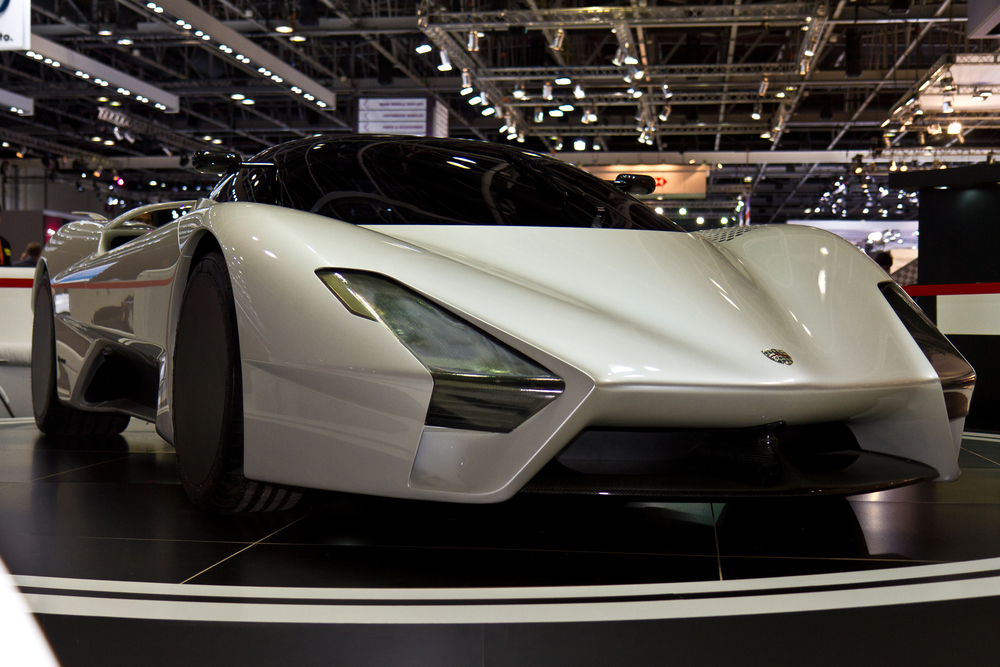
The SSC Tuatara boasts a top speed of 282.9 mph, verified during a high-speed test. Its 5.9-liter twin-turbo V8 engine generates 1,750 horsepower, enabling this American hypercar to achieve remarkable acceleration and speed. The Tuatara’s sleek, aerodynamic design reduces drag and enhances stability at high speeds, making it one of the fastest cars on the road.
Koenigsegg Jesko Absolut
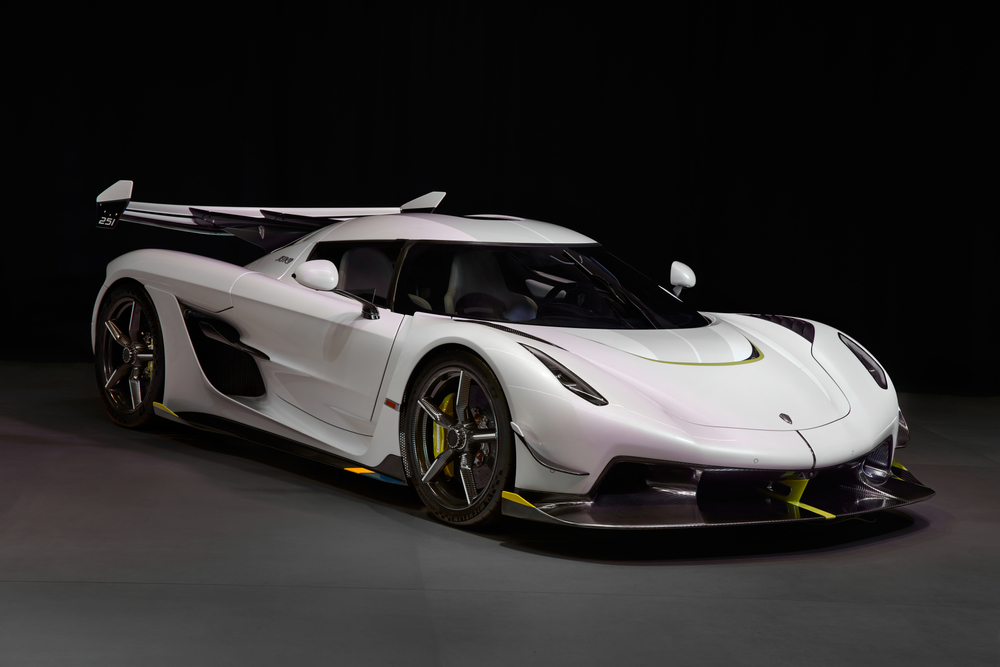
The Koenigsegg Jesko Absolut is designed to be the fastest Koenigsegg ever, with a theoretical top speed exceeding 300 mph. It is powered by a 5.0-liter twin-turbo V8 engine producing up to 1,600 horsepower. The car’s streamlined design, low drag coefficient, and advanced aerodynamics contribute to its potential to reach unprecedented speeds, aiming to break speed records.
Bugatti Veyron Super Sport
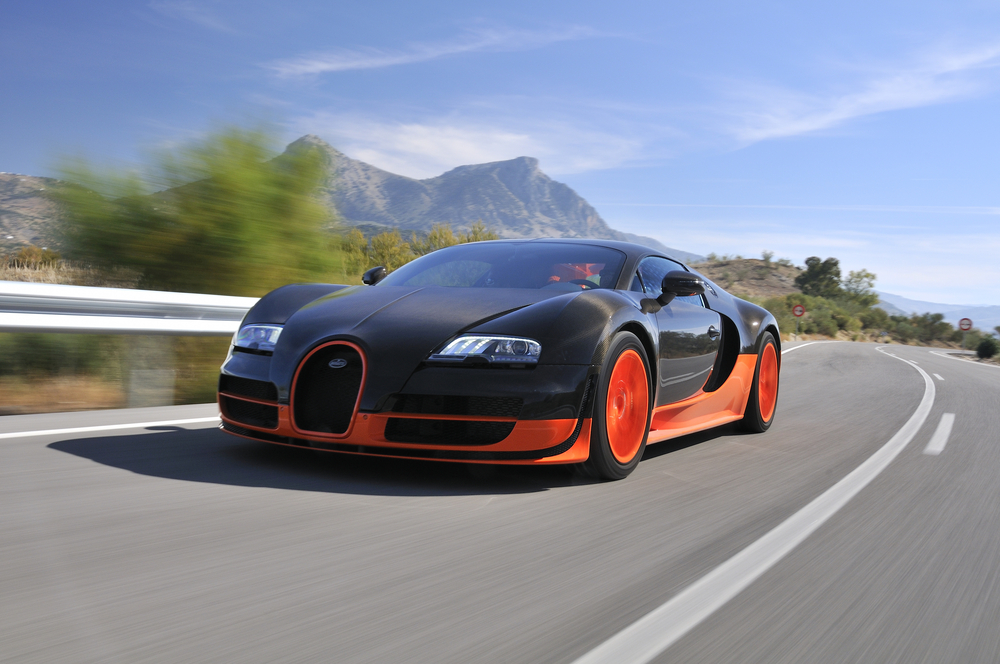
The Bugatti Veyron Super Sport held the title of the world’s fastest car with a top speed of 267.8 mph. Its 8.0-liter quad-turbocharged W16 engine produces 1,200 horsepower, delivering unparalleled power and performance. The Veyron Super Sport’s advanced engineering and iconic design make it a landmark in automotive history, showcasing Bugatti’s commitment to speed and luxury.
Rimac C_Two
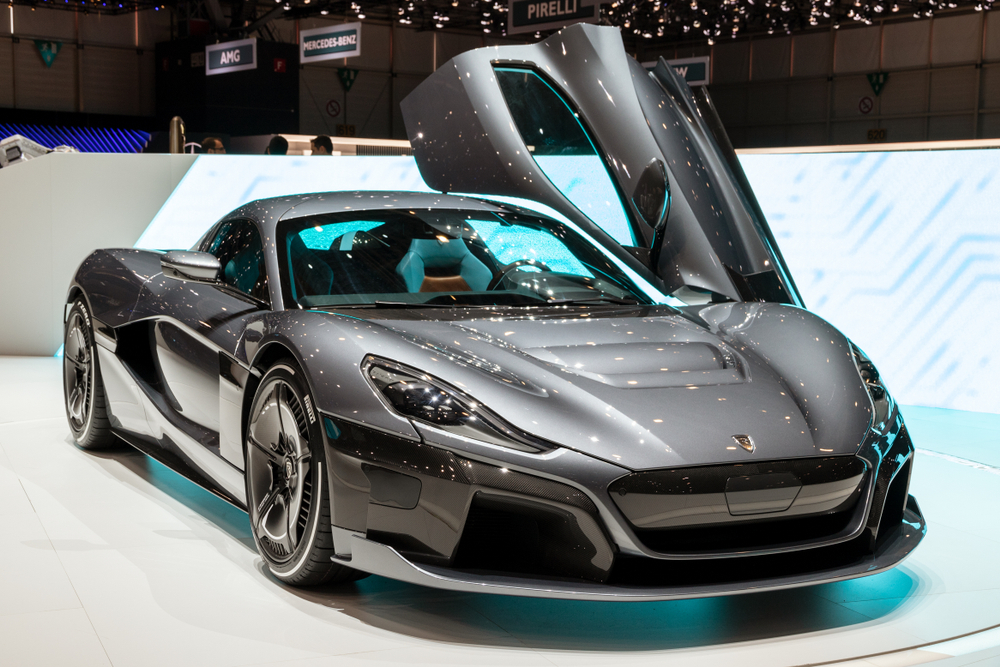
The Rimac C_Two is an electric hypercar with a top speed of 258 mph. Its four electric motors generate a combined 1,914 horsepower, allowing for blistering acceleration and top speed. The car’s aerodynamic design, lightweight carbon fiber construction, and advanced battery technology highlight the potential of electric vehicles in the realm of high-performance cars.
McLaren Speedtail
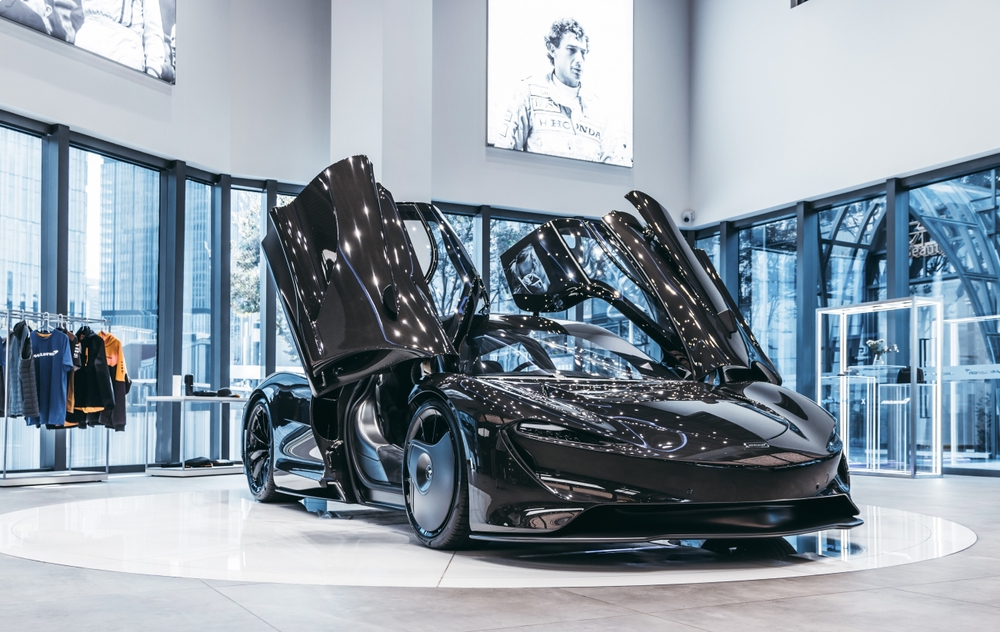
The McLaren Speedtail is a hybrid hypercar with a top speed of 250 mph. It combines a twin-turbo 4.0-liter V8 engine with an electric motor to produce 1,036 horsepower. The car’s streamlined, teardrop shape and advanced aerodynamics minimize drag, enabling it to achieve remarkable speeds and set new standards for hybrid performance cars.
Koenigsegg Agera RS
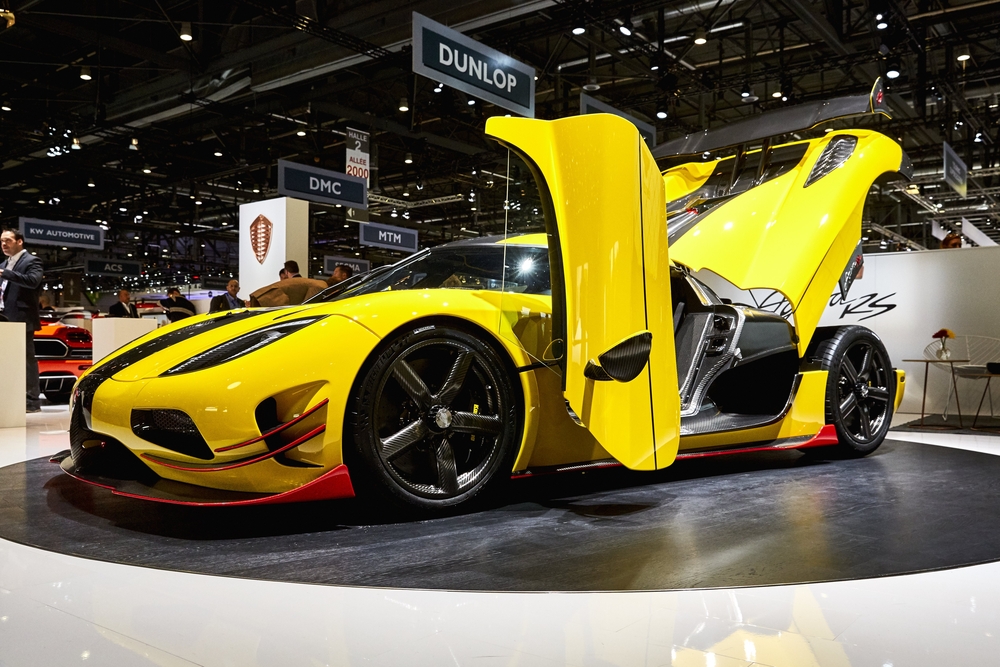
The Koenigsegg Agera RS achieved a verified top speed of 277.9 mph, making it one of the fastest production cars in the world. Its 5.0-liter twin-turbo V8 engine produces 1,341 horsepower, delivering immense power and acceleration. The Agera RS’s lightweight construction, advanced aerodynamics, and engineering excellence contribute to its record-breaking performance.
Tesla Roadster (2022)
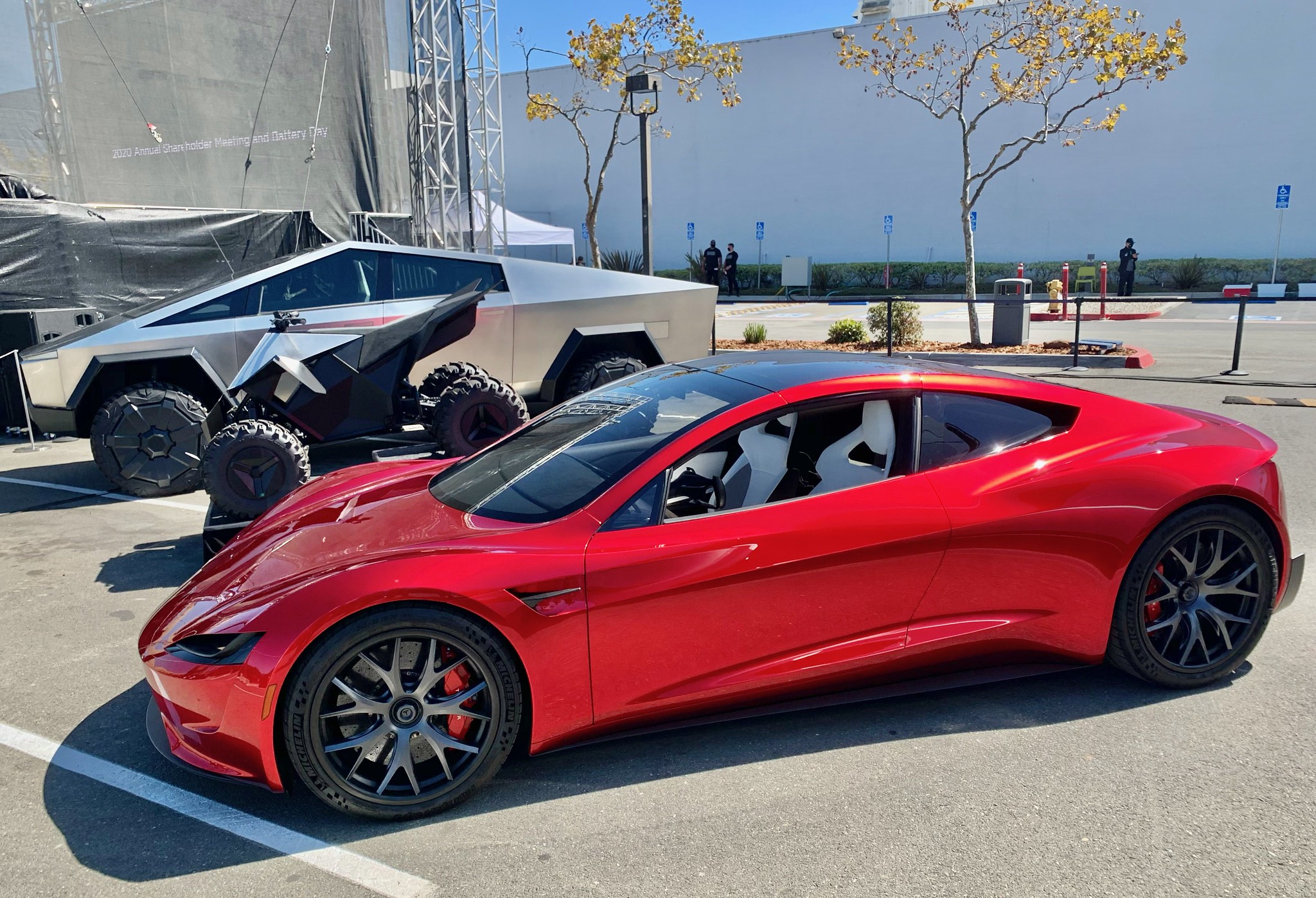
The Tesla Roadster, expected to debut in 2022, aims for a top speed of over 250 mph. Its electric powertrain, featuring three electric motors, produces 1,000 horsepower and delivers exceptional acceleration. The Roadster’s aerodynamic design and advanced battery technology highlight Tesla’s commitment to pushing the boundaries of electric vehicle performance.
Aston Martin Valkyrie
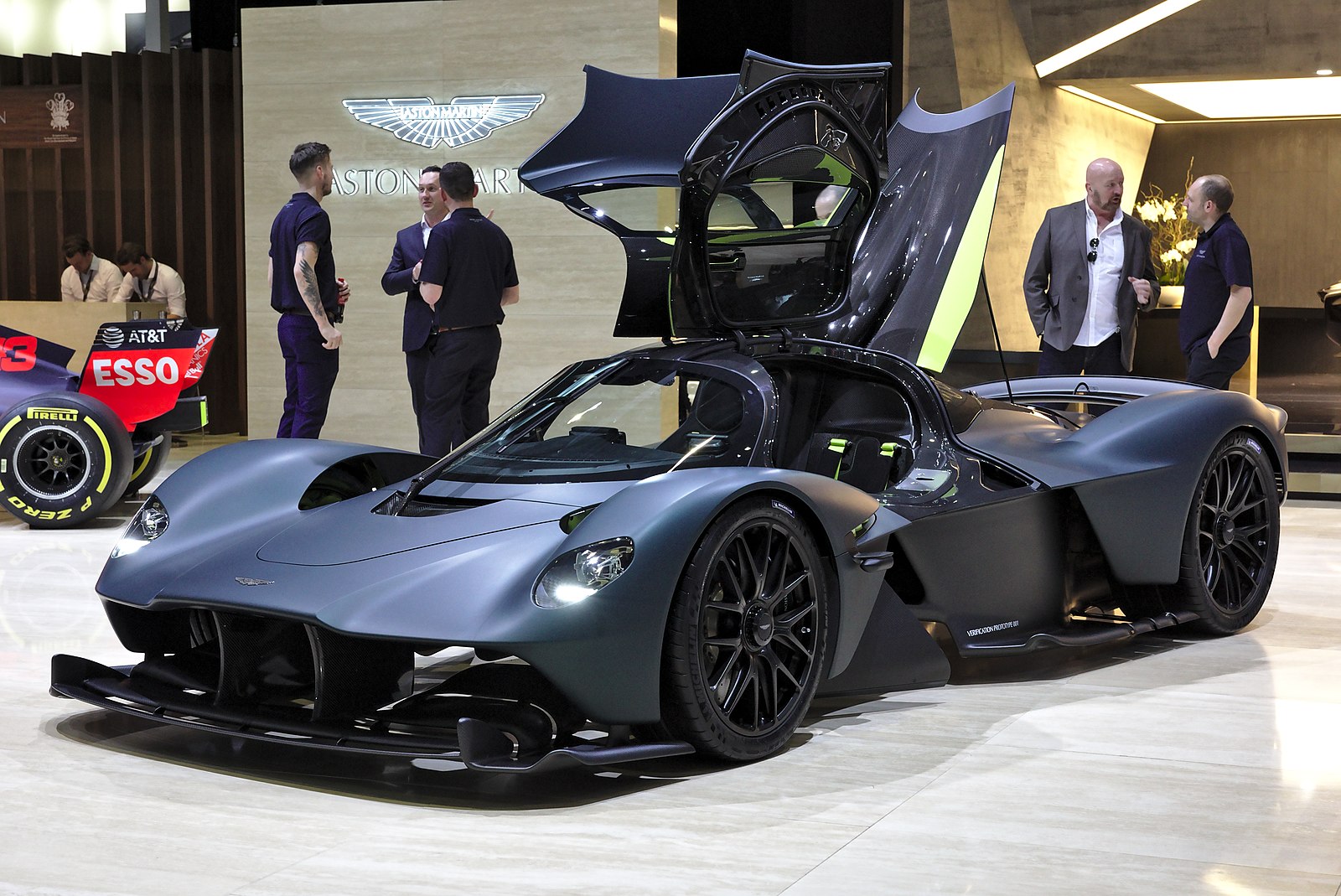
The Aston Martin Valkyrie is a hybrid hypercar with a top speed of around 250 mph. It features a naturally aspirated 6.5-liter V12 engine paired with an electric motor to produce a combined 1,160 horsepower. The car’s lightweight carbon fiber construction and Formula 1-inspired aerodynamics contribute to its incredible speed and performance capabilities.
Ferrari LaFerrari
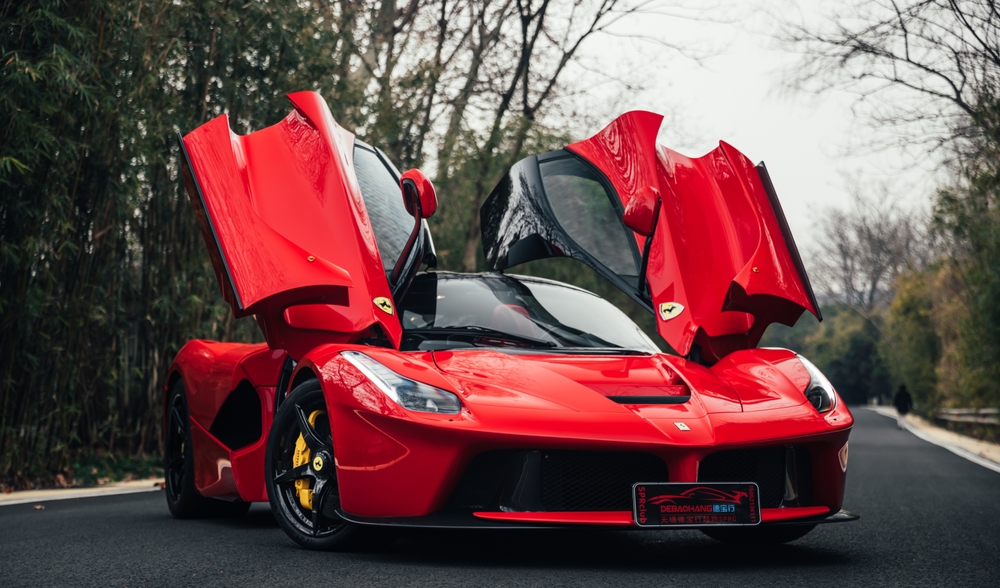
The Ferrari LaFerrari is a hybrid hypercar with a top speed of 217 mph. It combines a 6.3-liter V12 engine with an electric motor to produce a total of 950 horsepower. The car’s aerodynamic design, advanced hybrid technology, and lightweight construction make it one of the fastest and most innovative Ferraris ever built.
Lamborghini Aventador SVJ
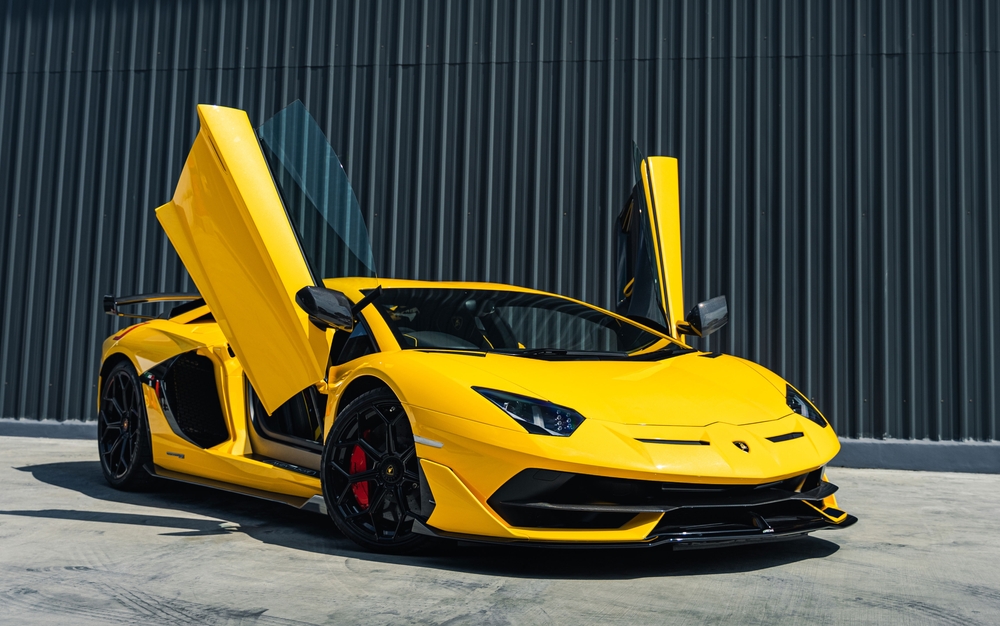
The Lamborghini Aventador SVJ boasts a top speed of 217 mph, powered by a naturally aspirated 6.5-liter V12 engine producing 759 horsepower. Its aggressive design, advanced aerodynamics, and lightweight materials contribute to its remarkable performance and speed, making it a standout in the Lamborghini lineup.
Porsche 918 Spyder
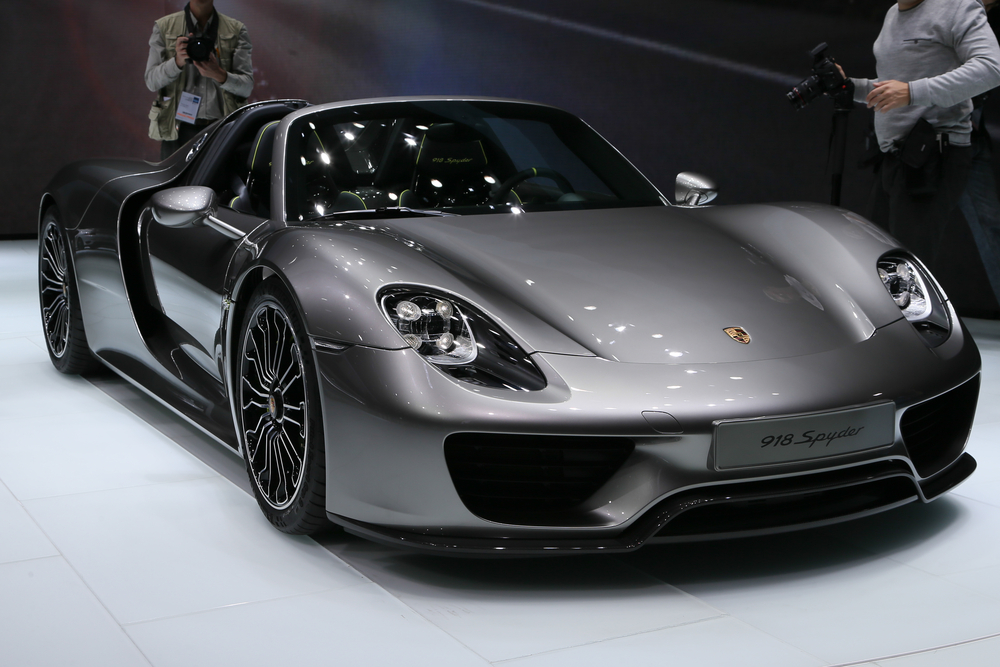
The Porsche 918 Spyder is a hybrid supercar with a top speed of 211 mph. It combines a 4.6-liter V8 engine with two electric motors to produce a total of 887 horsepower. The car’s advanced aerodynamics, lightweight construction, and innovative hybrid technology make it one of the fastest and most efficient supercars on the road.
Pagani Huayra BC
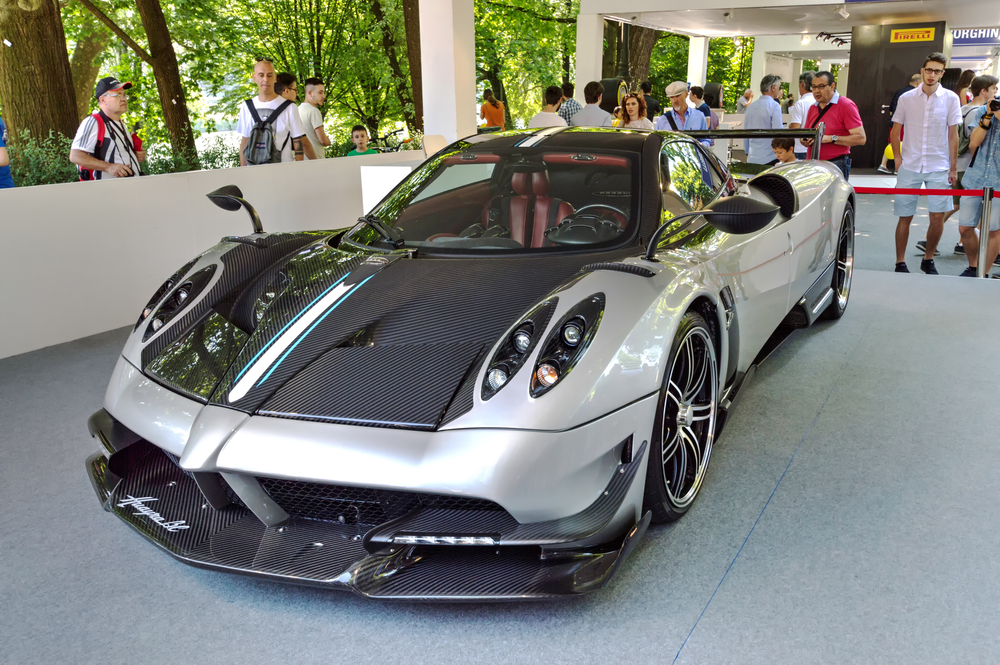
The Pagani Huayra BC is a hypercar with a top speed of 238 mph. It features a 6.0-liter twin-turbo V12 engine producing 791 horsepower. The car’s striking design, meticulous craftsmanship, and advanced aerodynamics contribute to its incredible speed and performance, making it a true masterpiece in the world of hypercars.
Bugatti Divo
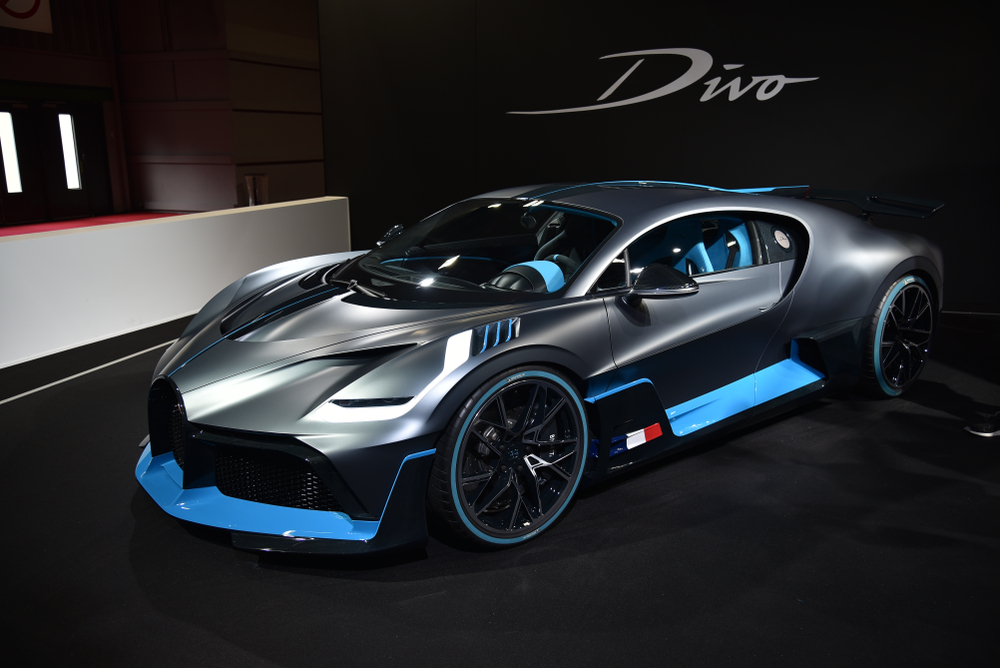
The Bugatti Divo, with a top speed limited to 236 mph, is designed for agility and handling rather than outright top speed. Its 8.0-liter quad-turbocharged W16 engine produces 1,479 horsepower. The Divo’s focus on aerodynamics, downforce, and cornering performance makes it a unique and highly capable hypercar.
Mercedes-AMG One
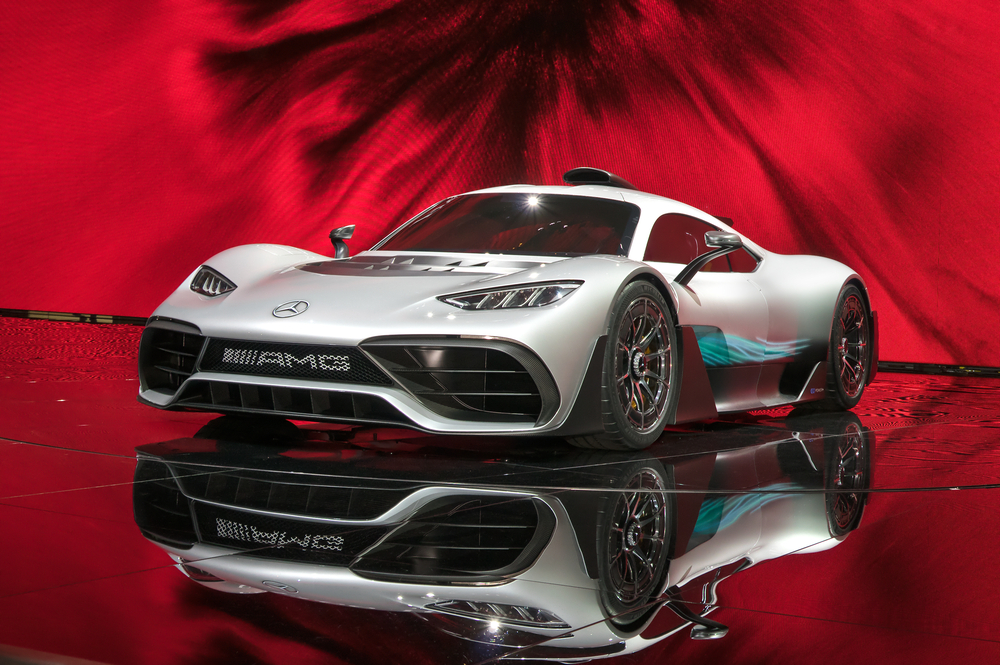
The Mercedes-AMG One is a hybrid hypercar with a top speed of over 217 mph. It features a 1.6-liter turbocharged V6 engine derived from Formula 1 technology, paired with electric motors to produce over 1,000 horsepower. The car’s advanced aerodynamics, lightweight construction, and innovative hybrid system make it a groundbreaking performance vehicle.
Hennessey Venom GT
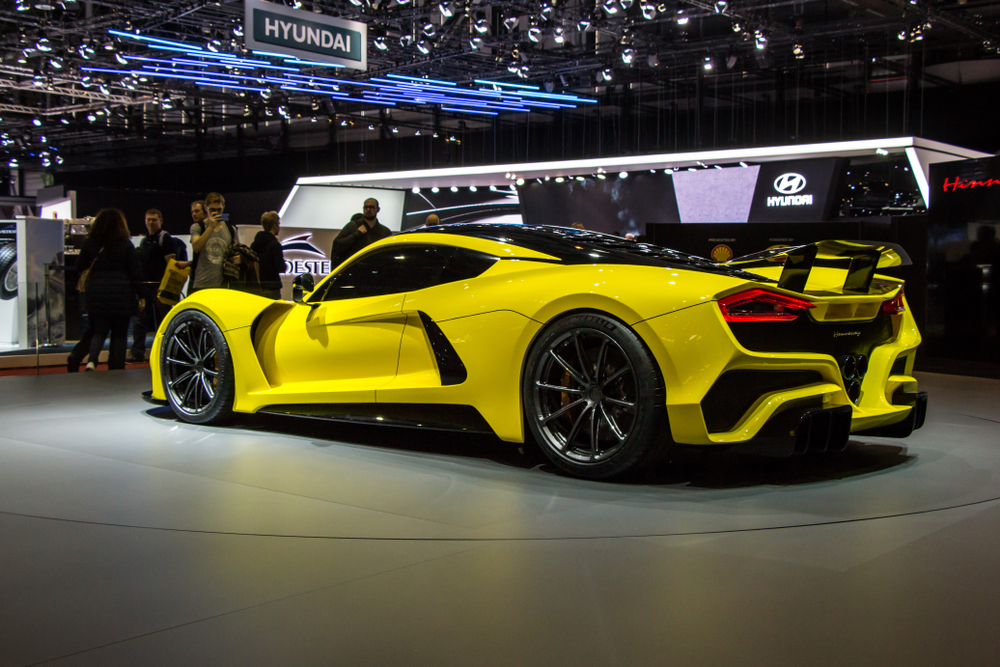
The Hennessey Venom GT achieved a top speed of 270.49 mph. It is powered by a 7.0-liter twin-turbo V8 engine producing 1,244 horsepower. The car’s lightweight carbon fiber construction and aerodynamic design contribute to its incredible speed and performance, making it one of the fastest cars ever made.
Koenigsegg Jesko
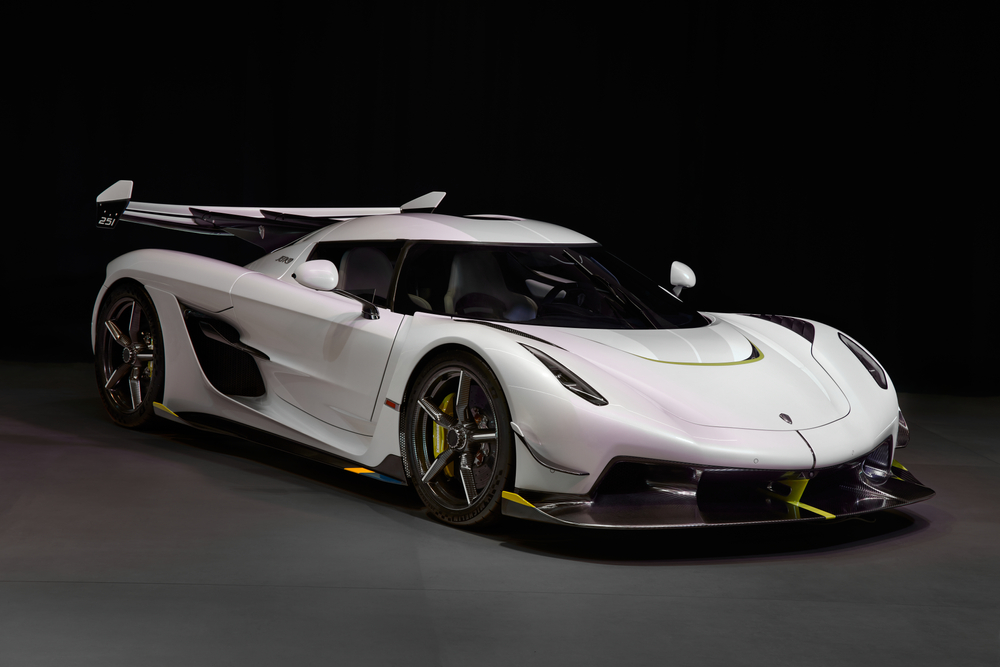
The Koenigsegg Jesko is designed to achieve speeds of over 300 mph. It features a 5.0-liter twin-turbo V8 engine producing up to 1,600 horsepower. The Jesko’s advanced aerodynamics, lightweight construction, and cutting-edge technology make it a contender for the title of the world’s fastest car.
Ferrari SF90 Stradale
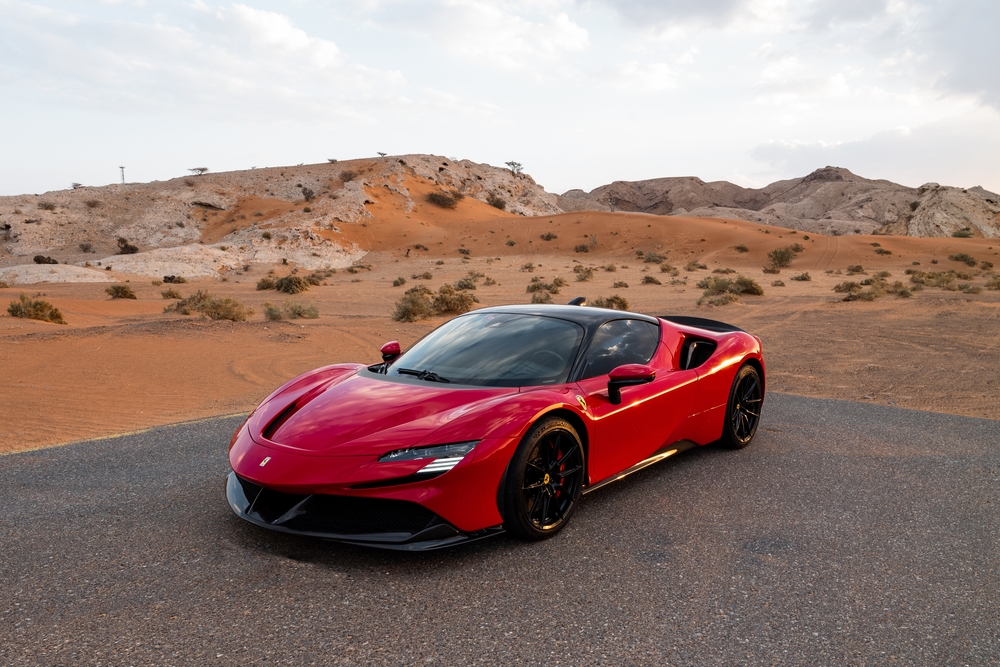
The Ferrari SF90 Stradale is a plug-in hybrid supercar with a top speed of 211 mph. It combines a 4.0-liter twin-turbo V8 engine with three electric motors to produce a total of 986 horsepower. The car’s advanced aerodynamics, lightweight construction, and innovative hybrid technology make it one of the fastest and most technologically advanced Ferraris ever built.
McLaren P1
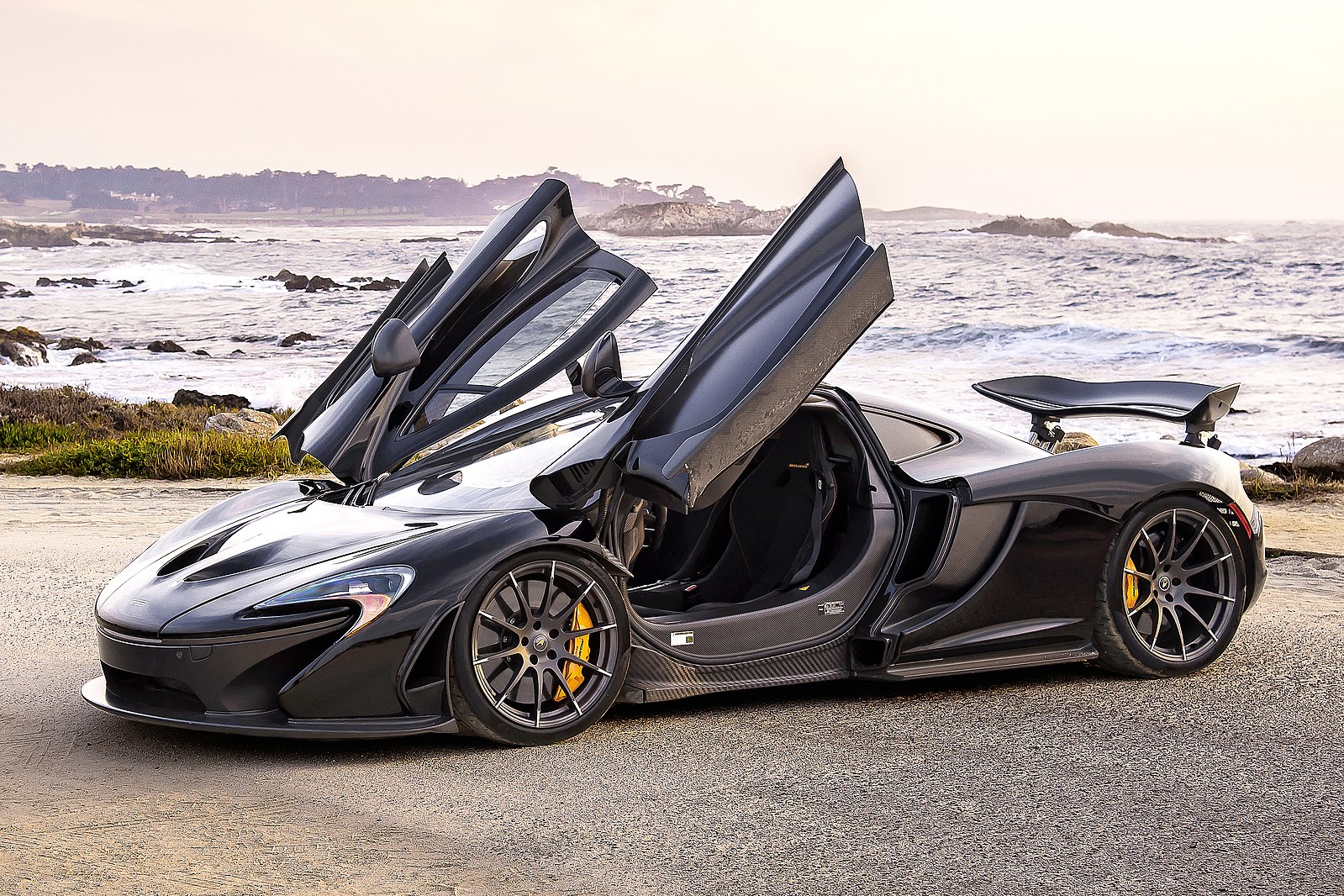
The McLaren P1 is a hybrid hypercar with a top speed of 217 mph. It features a 3.8-liter twin-turbo V8 engine paired with an electric motor to produce a combined 903 horsepower. The P1’s aerodynamic design, lightweight carbon fiber construction, and advanced hybrid system make it a pioneering performance vehicle and a true icon in the world of hypercars.
This article originally appeared on MyCarMakesNoise.
More from MyCarMakesNoise
23 Most Reliable Trucks for Lifelong Performance

Selecting a truck that combines durability with reliability ensures that it can handle both the rigors of daily tasks and the challenges of heavy-duty work. From rugged off-road adventurers to dependable workhorses, certain trucks have established themselves as lasting partners, built to endure through years of service. Read More
20 Underrated Destinations for Road Trip Lovers

Embark on a journey off the beaten path with our guide to America’s backroads—hidden gems that promise unforgettable road trip experiences. From breathtaking natural landscapes to quaint small towns, these lesser-known routes offer a unique way to explore the beauty and diversity of the United States. Read More
13 Classic Chevrolet Cars That Failed to Impress

When it comes to classic cars, not every model becomes a beloved icon. Chevrolet, a powerhouse in the automotive industry, has had its fair share of hits and misses over the decades.While many Chevys have won the hearts of car enthusiasts worldwide, some models missed the mark by a wide margin. Read More


